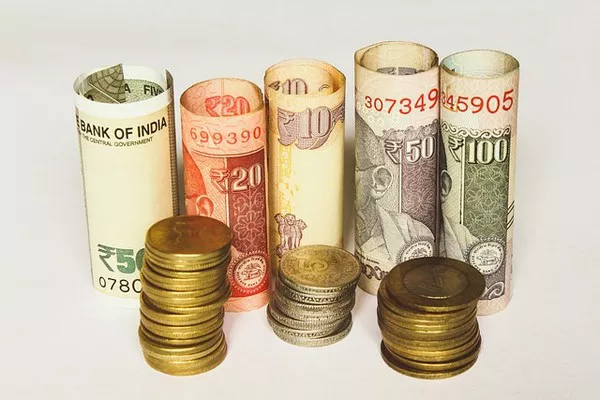Old Indian notes hold a significant place in the country’s numismatic heritage, reflecting its rich history, culture, and economic evolution. Whether inherited as family heirlooms or stumbled upon in forgotten drawers, these vintage banknotes often evoke curiosity about their monetary value. Determining the worth of old Indian notes involves a blend of historical research, market analysis, and expert assessment. This article aims to provide a comprehensive guide on how to uncover the value of old Indian notes, catering to collectors, enthusiasts, and curious individuals alike.
Understanding the World of Numismatics:
Numismatics, the study and collection of coins and currency, offers a fascinating glimpse into the past and serves as a window into a nation’s socio-economic development. Old Indian notes, spanning various periods and denominations, encapsulate stories of rulers, empires, independence movements, and economic reforms. From British India’s colonial-era notes to the Reserve Bank of India’s post-independence currency, each banknote holds historical significance and potential monetary value.
Factors Affecting the Value of Old Indian Notes:
Rarity: The rarity of an old Indian note significantly influences its value in the numismatic market. Notes with limited circulation, low printing numbers, or unique features are often sought after by collectors and command higher prices.
Age and Historical Significance: The age and historical context of old Indian notes contribute to their value. Banknotes from pivotal periods, such as the British Raj, the pre-independence era, or early post-independence years, may fetch higher prices due to their historical importance.
Condition: The condition or grade of an old Indian note plays a crucial role in determining its value. Notes in pristine, uncirculated condition with minimal wear and tear command premium prices, while those in poor condition may have reduced value.
Design and Aesthetics: The design, artwork, and aesthetic appeal of old Indian notes can influence their desirability among collectors. Notes featuring intricate designs, cultural motifs, or significant historical figures may garner greater interest and value.
Demand and Market Trends: Market demand, trends in numismatics, and collector preferences also impact the value of old Indian notes. Fluctuations in demand for specific denominations, series, or themes can affect prices in the secondary market.
5 Methods for Assessing the Value of Old Indian Notes:
1. Research and Documentation:
Begin by conducting thorough research on the specific old Indian notes in your possession. Identify the denomination, series, year of issue, and any distinctive features or markings that may aid in their identification. Utilize numismatic resources, reference books, online databases, and auction catalogs to gather information about similar notes and their market values.
2. Consult Numismatic Experts:
Seek guidance from experienced numismatists, coin dealers, or appraisers specializing in Indian currency. These experts possess in-depth knowledge of old Indian notes and can provide insights into their historical context, rarity, and market value. Attend numismatic conventions, exhibitions, or club meetings to network with fellow collectors and professionals in the field.
3. Utilize Online Resources:
Explore online platforms dedicated to numismatics, where collectors buy, sell, and exchange old Indian notes. Websites such as eBay, Numista, and Heritage Auctions feature extensive catalogs of old Indian notes, allowing you to compare prices, assess market trends, and connect with potential buyers or sellers. Exercise caution when purchasing or selling notes online, and verify the authenticity and credibility of sellers.
4. Visit Numismatic Shops and Auction Houses:
Visit local numismatic shops, coin stores, or auction houses that specialize in Indian currency and banknotes. Browse their collections, inquire about appraisal services, and seek advice from knowledgeable staff or appraisers. Auctions can be an excellent platform for buying and selling old Indian notes, offering transparency, credibility, and access to a diverse range of collectors and enthusiasts.
5. Consider Market Demand and Trends:
Stay informed about current market demand and trends in the numismatic community. Monitor auction results, price guides, and numismatic publications to gauge the value of old Indian notes and identify emerging opportunities or collectible themes. Consider factors such as historical anniversaries, commemorative issues, or currency series with rising popularity among collectors.
Conclusion:
Determining the value of old Indian notes requires a blend of research, expertise, and market analysis. Whether you’re a seasoned collector, a novice enthusiast, or someone curious about the worth of inherited banknotes, exploring the world of numismatics can be a rewarding journey. By considering factors such as rarity, historical significance, condition, and market demand, you can uncover the value and significance of old Indian notes while gaining insights into India’s rich numismatic heritage. Embrace the adventure of discovery, and let the stories woven into these vintage banknotes illuminate the past and inspire appreciation for India’s cultural and economic legacy.


